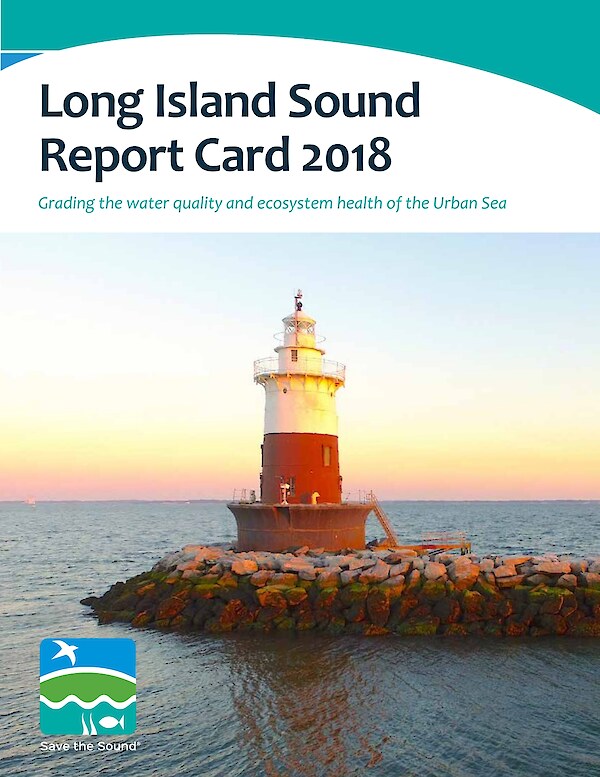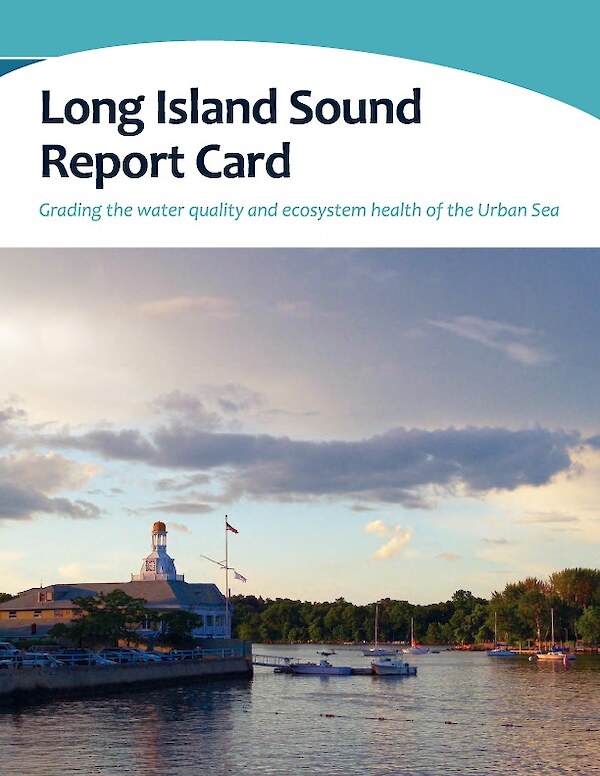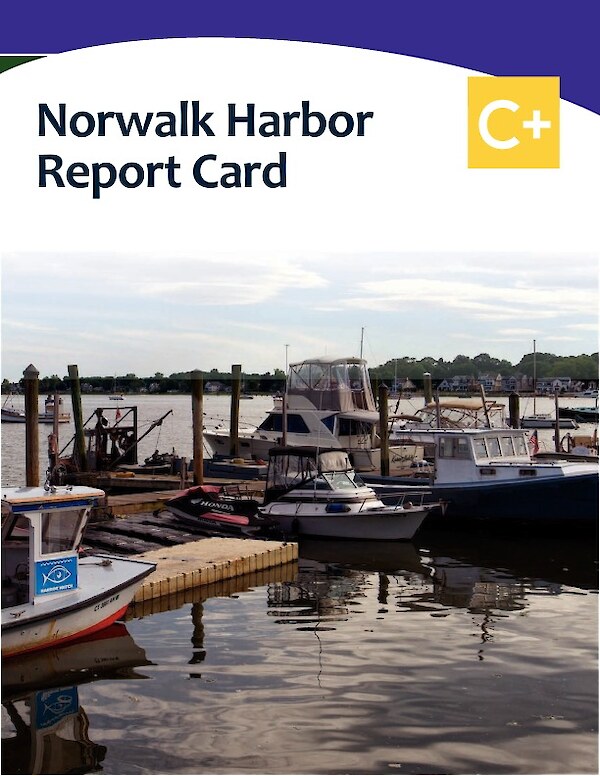2018 Long Island Sound Report Card
Over the past decade we see improvements to Sound water quality. A particular focus of conservation efforts has been dissolved oxygen levels, where we are now beginning to see improvements, resulting in large part from upgrades to sewage treatment plants designed to remove nutrients.
Improvements are most notable in the Eastern Narrows and the Western Basin. The Western Narrows remains an area under ecological stress. This region, home to New York City, is disadvantaged by both the heavy development of the land and the low level of tidal exchange with the Atlantic Ocean.
2016 Long Island Sound Report Card
Save the Sound along with its partners produced the Long Island Sound report card. Overall, Long Island Sound health is good, but the job's not done. There is an east-west gradient from healthy water in the Eastern Long Island Sound (received a grade of A) to unhealthy water in the Western Narrows (received a grade of F). The report card compares water quality indicators (dissolved oxygen, nutrients, chlorophyll a, and water clarity) to scientifically derived thresholds or goals. These indicators are combined into an overarching Water Quality Index, which is presented as a subregion percent score. The report card provides a geographically specific assessment of annual Long Island Sound ecosystem health for 2015.
2013 Long Island Sound Report Card
The Integration and Application Network along with its partners produced the Long Island Sound report card. Overall, Long Island Sound health is good, but the job's not done. There is an east-west gradient from healthy water in the Eastern Long Island Sound (received a grade of A) to unhealthy water in the Western Narrows (received a grade of F). The report card compares water quality indicators (dissolved oxygen, nitrogen, phosphorus, chlorophyll a, and water clarity) to scientifically derived thresholds or goals. These indicators are combined into an overarching Water Quality Index, which is presented as a subregion percent score. The report card provides a geographically specific assessment of annual Long Island Sound ecosystem health for 2013.
2013 Inner Hempstead Harbor Report Card
The Integration and Application Network along with its partners produced the Inner Hempstead Harbor report card. Overall, Inner Hempstead Harbor health is poor (received a grade of D+). While dissolved oxygen levels are moderately good (received a grade of B+), harbor nitrogen levels (received a grade of C) and water clarity (received a grade of F) need improvement. Scores are determined by comparing these three indicators to scientifically derived ecological thresholds or goals. The three indicators were combined into a Water Quality Index, which is presented as subregion percent scores for Glen Cove Creek, the Middle Harbor, and the Lower Harbor. The report card provides a geographically specific assessment of annual Inner Hempstead Harbor ecosystem health for 2013.
2013 Norwalk Harbor Report Card
The Integration and Application Network along with its partners produced the Norwalk Harbor report card. Overall, Norwalk Harbor health is moderate (received a grade of C+); water quality is good (received a grade of B), but fish and crustaceans need improvement. Scores are determined by comparing two water quality indicators (dissolved oxygen, water clarity) and three biotic indicators (fish, crustaceans, other invertebrates) to scientifically derived thresholds or goals. These indicators are combined and presented as subregion percent scores for the Inner Harbor and Coastal Waters regions. The report card provides a geographically specific assessment of annual Norwalk Harbor ecosystem health for 2013.





